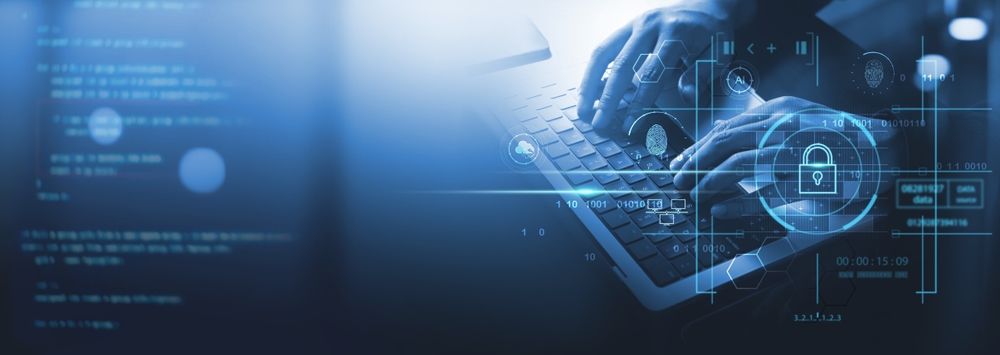Social Listening vs. Social Monitoring in 2024: A Guide to Unlocking Social Media Insights
Social listening Vs social monitoring: Both often get lumped together, but they serve distinct purposes in your social media strategy. Understanding the difference between them is key to unlocking the power of social media for your brand. Dive deeper with us as we explore what sets these two strategies apart and how you can leverage them to build a stronger online presence!
Here’s a deeper dive into Social Listening vs. Social Monitoring and how they differ:
Focus: Social Listening vs Social Monitoring
Here’s a breakdown of the focus difference between social listening and social monitoring:
Social Monitoring Focus (What):
- Specific mentions: Primarily focuses on identifying and tracking mentions of your brand name, products, slogans, or relevant industry keywords.
- Brand sentiment: Analyzes the sentiment (positive, negative, or neutral) expressed in these mentions. This helps you understand how people perceive your brand.
- Customer service: Monitors online customer service inquiries and concerns to ensure prompt responses and identify areas for improvement.
- Competitor activity: Tracks competitor mentions, marketing strategies, and brand comparisons to stay ahead of the curve.
Think of it as: “What” is being said about your brand and immediate surroundings.
Social Listening Focus (Why):
- Context and emotions: Goes beyond “what” is being said to understand the “why.” It analyzes the context surrounding conversations, including the underlying emotions, motivations, and reasons behind opinions.
- Emerging trends: Identifies emerging trends and topics gaining traction within your industry. This allows you to adapt your strategy and stay relevant.
- Audience insights: Discovers valuable insights about your audience, such as their demographics, interests, pain points, and preferences. This helps you tailor your messaging and content to resonate better.
- Influencers and advocates: Uncovers potential brand advocates and influencers within your industry who can amplify your message.
Think of it as: “Why” things are being said and the broader context surrounding those conversations.
Analogy: Social Listening vs Social Monitoring
Imagine you’re at a party.
-
- Social monitoring is like listening for your name being mentioned and understanding if people are having a good time talking about you.
- Social listening is like observing the party dynamics, the topics of conversation, and the overall atmosphere to understand why people are enjoying themselves (or not) and how you can contribute to a better experience.
Scope: Social Listening vs Social Monitoring
The key difference between social listening and social monitoring lies in their scope. Here’s a breakdown:
Social Monitoring Scope (Narrow):
- Focuses on specific keywords and mentions directly related to your brand, products, or industry.
- Tracks brand sentiment around these mentions (positive, negative, neutral).
- Monitors competitor activity and brand comparisons.
- Identifies customer service issues and concerns mentioned online.
- Tracks industry trends and discussions relevant to your niche.
Think of it like: Zooming in on a specific area of a map to see what’s happening there in detail.
Social Listening Scope (Broad):
- Analyzes the broader context surrounding online conversations.
- Analyzes sentiment and emotions beyond just brand mentions.
- Identifies emerging trends and topics within your industry.
- Discovers potential brand advocates and influencers.
- Uncovers unmet customer needs and preferences.
- Analyzes audience demographics and interests.
Think of it like: Looking at the entire map to understand the bigger landscape and how different areas connect.
Here’s a table summarizing the key differences:
| Feature | Social Monitoring Scope | Social Listening Scope |
| Focus | Brand mentions, industry keywords | Broader online conversations |
| Action | Reactive (addressing issues) | Proactive (strategic planning) |
| Urgency | High (real-time response) | Lower (long-term insights) |
| Insights | Brand sentiment, customer service needs | Emerging trends, audience preferences |
Analogy: Social Listening vs Social Monitoring
- Social monitoring is like listening attentively to a conversation happening right next to you. You understand the specific details and can react immediately.
- Social listening is like eavesdropping on a broader discussion in a room. You gain a wider perspective on the topics being discussed, even if they don’t directly involve you.
In conclusion, social monitoring keeps your finger on the pulse of what’s happening around your brand, while social listening helps you understand the bigger picture and make informed decisions for the future. Both are valuable tools for any social media strategy.
Action:
The key difference between social listening and social monitoring lies in the type of action they prompt. Here’s a breakdown:
Social Monitoring Action (Reactive):
Focuses on immediate responses and course correction.
- Aims to address issues and concerns promptly to minimize damage and maintain a positive brand image.
Examples:- Responding to customer complaints or service inquiries.
- Addressing negative brand sentiment through targeted communication.
- Engaging with positive mentions to foster brand loyalty.
- Reacting to brand mentions during crisis situations.
Think of it as: Addressing issues as they arise, like putting out small fires.
Social Listening Action (Proactive):
- Focuses on long-term planning and strategic decision-making.
- Utilizes insights to improve brand strategy, messaging, and product development.
Examples:- Identifying emerging trends and adapting marketing campaigns accordingly.
- Discovering audience pain points and developing solutions through product development.
- Building relationships with potential brand influencers based on social listening insights.
- Optimizing content strategy based on audience interests and preferences.
Think of it as: Using insights to build a stronger, more sustainable future, like laying the groundwork for a new building.
Here’s a table summarizing the key differences:
| Feature | Social Monitoring Action | Social Listening Action |
| Focus | Reacting to immediate issues | Proactive planning and strategy |
| Timeframe | Short-term (real-time response) | Long-term (future-oriented) |
| Goal | Minimize damage, maintain reputation | Improve brand strategy, build influence |
Analogy: Social Listening vs Social Monitoring
Imagine you’re a firefighter.
-
- Social monitoring is like responding to a burning building and putting out the fire (immediate action).
- Social listening is like analyzing fire risk factors in your community and developing fire prevention strategies (proactive action to prevent future fires).
Urgency:
The urgency associated with social listening and social monitoring is another key differentiator. Here’s a breakdown:
Social Monitoring Urgency (High):
- Demands a swift and immediate response.
- Issues like negative brand sentiment, customer service inquiries, or crisis situations require quick attention to minimize damage and maintain a positive online presence.
- Think of it like dealing with a burning pot on the stove. You need to take action right away to prevent it from boiling over and causing a mess.
Social Listening Urgency (Lower):
- Operates with a less urgent timeframe.
- The focus is on gathering insights to inform long-term decision-making and strategic planning. While responding to trends and opportunities may be important, the overall timeline is flexible.
- Think of it like weather forecasting. Understanding long-term weather patterns helps you prepare for future events, but immediate action isn’t always necessary.
Analogy: Social Listening vs Social Monitoring
Imagine you’re a doctor.
-
- Social monitoring is like dealing with a patient experiencing an allergic reaction (immediate action needed).
- Social listening is like analyzing patient data to identify potential health risks and recommend preventative measures (less urgent but crucial for long-term health).
Conclusion
Now that you’ve grasped the power of Social Listening vs. Social Monitoring, it’s time to take your social media strategy to the next level. By leveraging the combined power of social monitoring and social listening, you can gain a deeper understanding of your audience, identify emerging trends, and make informed decisions that drive success.
While free monitoring tools can provide a basic understanding of brand mentions, Cognition’s Social Listening solutions offer a deeper dive. We go beyond the “what” to uncover the “why” behind online conversations, providing actionable insights to inform strategic decision-making. Uncover emerging trends, measure brand sentiment, and optimize your social media campaigns for maximum impact.
Ready to transform your social media presence? Contact Cognition today for a free consultation and see how our social listening solutions can empower you to listen, analyze, and act with confidence.






 Hi, This is Emma. Let’s get the conversation started!
Hi, This is Emma. Let’s get the conversation started!